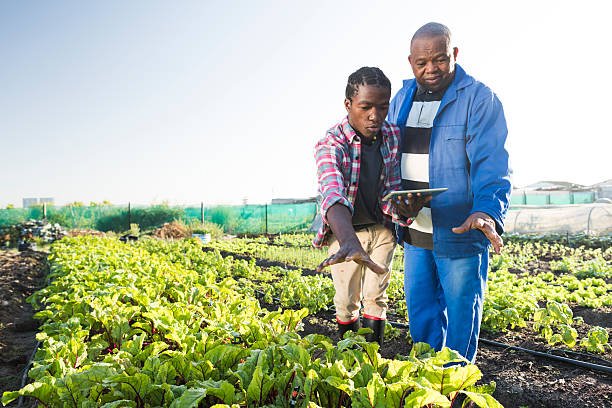Why Are There Many People in South African Communities Who Are Still Not Using Smart Technologies in 2023?
Skip to content
Skip to footer
Why Are There Many People in South African Communities Who Are Still Not Using Smart Technologies in 2023?
Why Are There Many People in South African Communities Who Are Still Not Using Smart Technologies in 2023?

